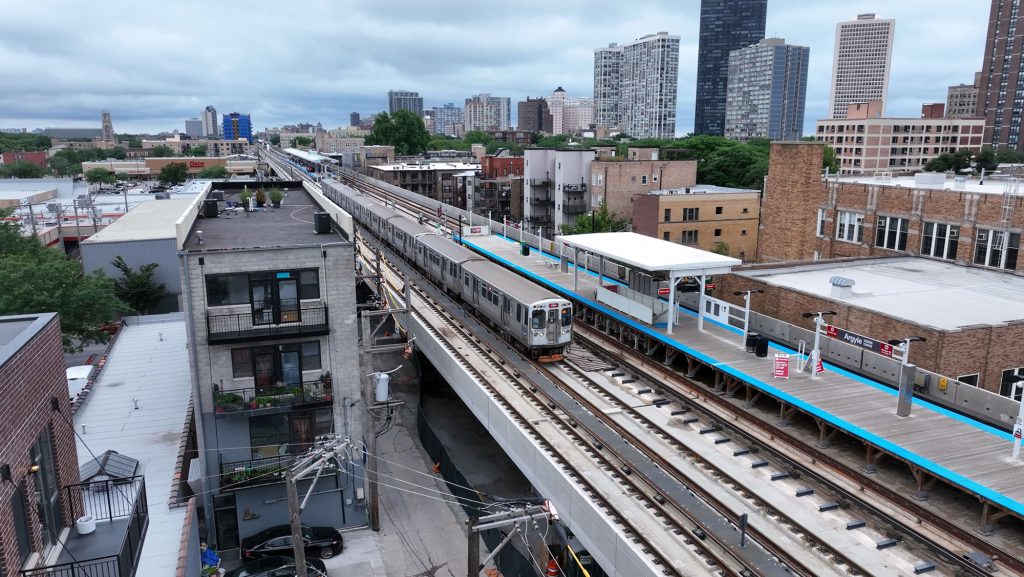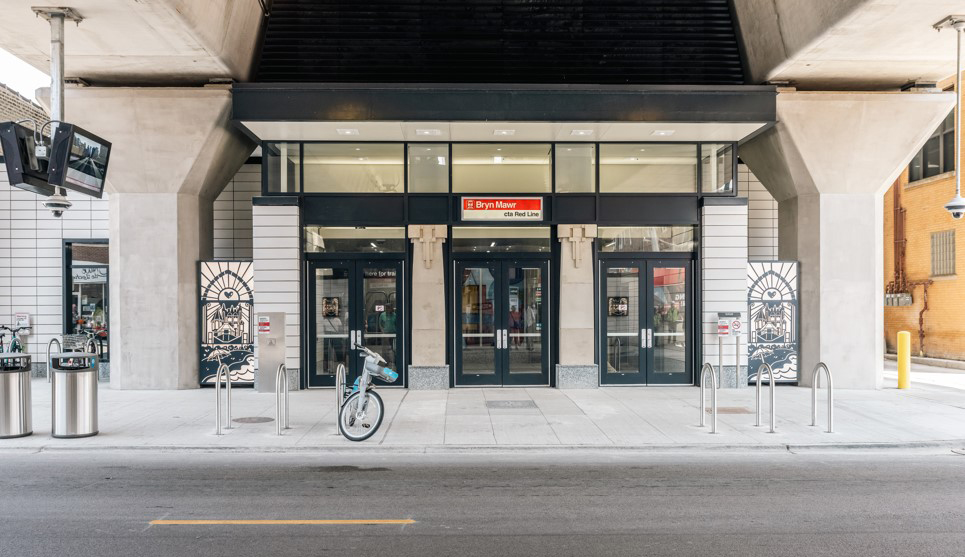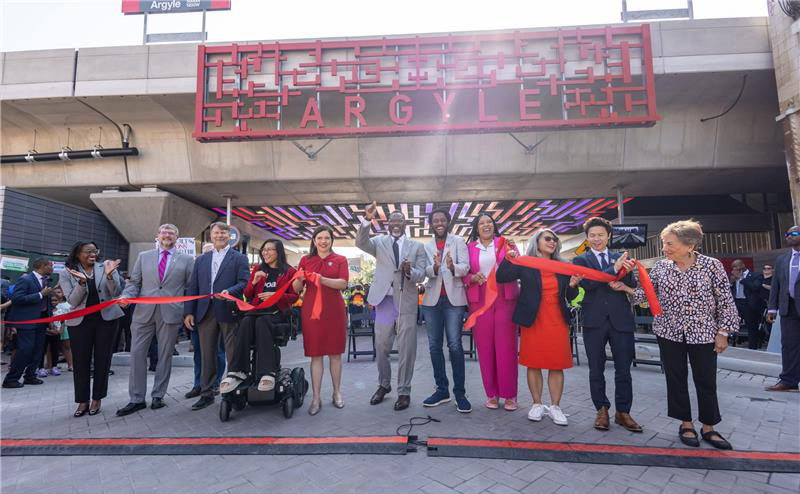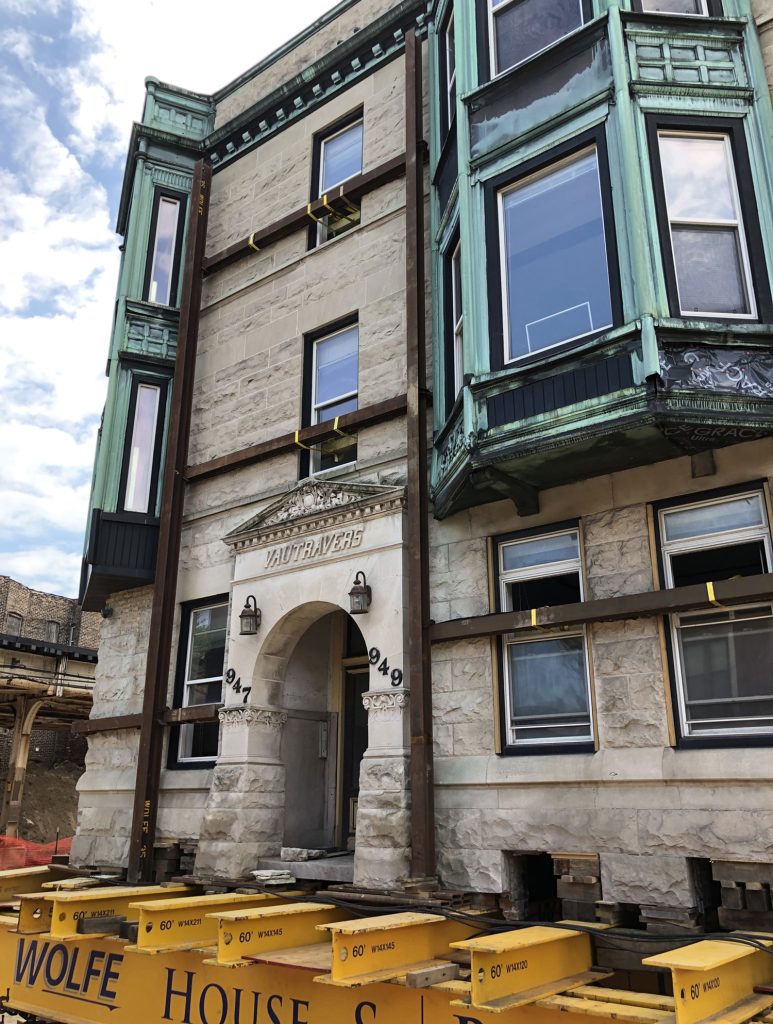Delivering Transformational Projects in a Dense Urban Environment
7/31/2025


Lead designer Stantec and its Walsh-Fluor Design-Build Team partners joined the Chicago Transit Authority (CTA) recently in celebrating the grand opening of the new Lawrence, Argyle, Berwyn, and Bryn Mawr Red Line stations, a major milestone in the $2.1 billion Red Purple Modernization (RPM) Phase One Project.
These rebuilt, fully accessible stations replace century-old infrastructure and reflect one of the largest capital investments in CTA history. The openings mark the reconstruction of 1.3 miles of elevated track structure between Lawrence and Bryn Mawr, as well as major upgrades to bridges, viaducts, and systems.
Delivering Accessibility, Modernization, and Resilience

Each new station offers a significantly improved customer experience with:
- Elevators and escalators at main entrances.
- Wider platforms.
- Translucent overhead canopies.
- Upgraded signage, equipment, and seating.
As part of the transition, the temporary Argyle and Bryn Mawr stations serving passengers during construction have closed and will be demolished. Additionally, a new signal system, spanning 23 track miles between Howard and Belmont, has replaced a 60-year-old system. This new system will improve train spacing and reliability, contributing to smoother operations systemwide.

“Transformational projects like this are complex and required a village of dedicated and passionate team members from our engineering team in collaboration with our contractor partners and the CTA,” said Dena Abakumov, transit and rail sector lead at Stantec. “Delivering this project in a dense urban environment required our teams to bring forward new ideas to put the community experience at the forefront of our design, and to support Walsh-Flour and CTA to minimize disruptions to the community.”
Engineering in Motion: Innovation in a Tight Urban Corridor
Delivering these improvements within one of Chicago’s most constrained transit corridors required precision:
- The Walsh-Fluor Design-Build Team deployed a custom 285-foot overhead gantry crane, named the “Windy City Gantry,” to install precast concrete segments from above, minimizing surface disruption.
- A 55-ton Mi-Jack rubber-tired gantry was also used to support top-down construction methods in spaces with as little as six inches of lateral clearance from adjacent buildings.
- Construction sequencing minimized service impacts while maximizing safety and efficiency for workers and the public.

Notably, the historic Vautravers Building, a 127-year-old greystone, was shifted approximately 30 feet west to allow for a straighter track alignment while maintaining a cherished architectural landmark. Watch a video of that operation here.
Another key element of Phase One is the Red-Purple Bypass, completed in 2021, which eliminated a critical bottleneck at Clark Junction where Red, Purple, and Brown Line trains previously intersected at grade. The bypass now allows Red Line trains to flow freely under northbound Brown Line service on the bypass, enabling more trains to run during peak service.
Beyond Transit: Reclaiming Public Space
With structural demolition complete, CTA is preparing for the next chapter of RPM Phase One: transforming the area beneath the elevated tracks. The “Under L” project, led by CTA and informed by community feedback, will revitalize 10 blocks between Lawrence and Ardmore. Construction of this public realm is expected to begin in 2026 and be completed in 2027.
The CTA RPM Program will ultimately rebuild a 9.6-mile stretch of Red and Purple Line infrastructure on Chicago’s North Side, improving capacity and comfort for millions of riders. The Red Line is CTA’s busiest, carrying nearly 40 million rides in 2024.